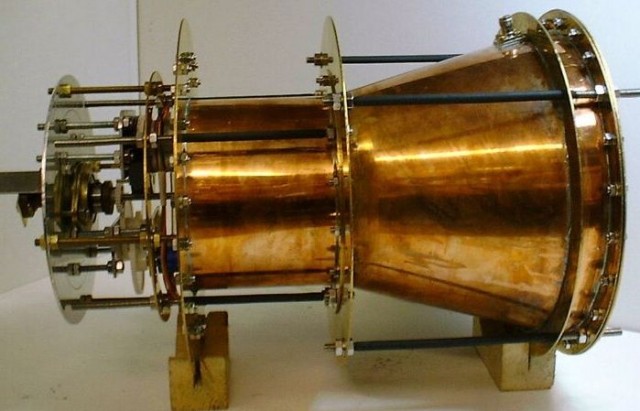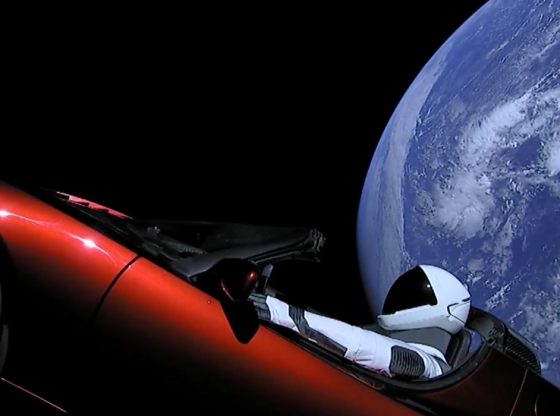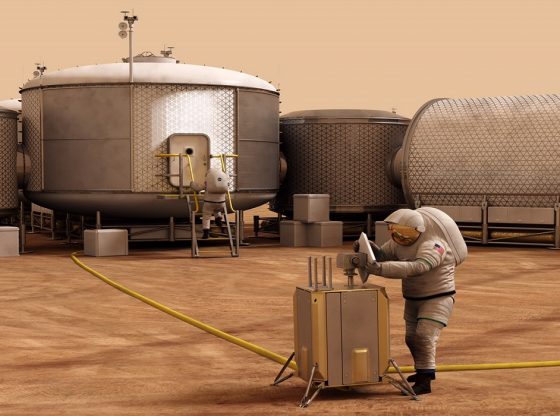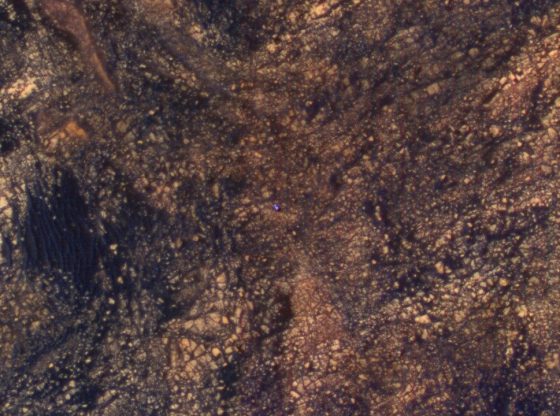It violates Newton’s third law and should therefore not be able to function. The so-called EmDrive – an engine that creates propulsion without sending out reactionary mass will be tested in the vacuum of space. If the EmDrive works; flying cars, endless amounts of clean energy and fast travel to distant planets will be just around the corner.

The so-called EmDrive will be tested in space and if the engine – that violates known laws of physics – is indeed working, it would change the world.
It is the American engineer Guido Fetta, CEO at the company Cannae Inc who leads a project that aims to test the engine. A date for the test has not been yet been announced, but several media sources speculate that a test will take place in 2017 already.
Fettas creation called the Cannea Drive is based on the same concept as first demonstrated by British engineer Roger Shawyer in 2003. Both engines are closed systems filled with microwaves with no exhaust, yet the inventors claim it to produce thrust.
Fetta wants to equip a mini satellite – known as a CubeSat – with an EmDrive and send it into orbit around the Earth at about an altitude of 240 kilometers.
In this orbit, the engine will be tested for a prolonged period, if it is indeed capable of propelling a satellite through space.
Not consistent with known laws of physics
Invented by British scientist Roger Shawyer back in 1999, the EMdrive (electromagnetic propulsion drive) is different from other engines by not using any kind of fuel. Instead, the propulsion is made by microwaves that are directed into a cone-shaped chamber with reflective walls.
The microwaves zigzag between the two sloping sides and reach a maximum speed down to the cone’s end. This creates the greatest pressure on this end. The pressure force the rest of the engine forward and thus creates propulsion.
Therein lies the problem, since the engine generates no reactionary force. Nothing is forced in the opposite direction to propel the engine forward. It, therefore, violates Newton’s third law: For every action, there is an equal and opposite reaction. The engine should therefore not work.
Tests of EmDrive on Earth have shown ‘results’
Although there is something to suggests that EmDrive does actually work. Several organizations, including NASA, has tested it here on Earth and to the surprise of many, propulsion have been measured and established.
A paper by NASA Eagleworks appears to have finally passed the peer-review process and is expected to be published by the American Institute of Aeronautics and Astronautics’ Journal of Propulsion and Power.
A Chinese team led by Prof Yang at Xi’an Northwestern Polytechnic published a series of theoretical and experimental papers. They claimed in 2012 to have built a device producing a few ounces of thrust for a few kilowatts of input, comparable to the more conventional ion thrusters.
Based on these results, there is reason enough to test a prototype of the engine in the vacuum of space, so that we can all find out if it does indeed work.
If it does, it could be powered by solar cells and achieve incredible speeds, for example, it could take us to Mars in just 70 days – it would simply be revolutionary.
Reference:
On the exhaust of electromagnetic drive
EmDrive: Nasa Eagleworks’ paper has finally passed peer review, says scientist in the know












![OpenAI. (2025). ChatGPT [Large language model]. https://chatgpt.com](https://www.illustratedcuriosity.com/files/media/55136/b1b0b614-5b72-486c-901d-ff244549d67a-350x260.webp)
![OpenAI. (2025). ChatGPT [Large language model]. https://chatgpt.com](https://www.illustratedcuriosity.com/files/media/55124/79bc18fa-f616-4951-856f-cc724ad5d497-350x260.webp)
![OpenAI. (2025). ChatGPT [Large language model]. https://chatgpt.com](https://www.illustratedcuriosity.com/files/media/55099/2638a982-b4de-4913-8a1c-1479df352bf3-350x260.webp)








